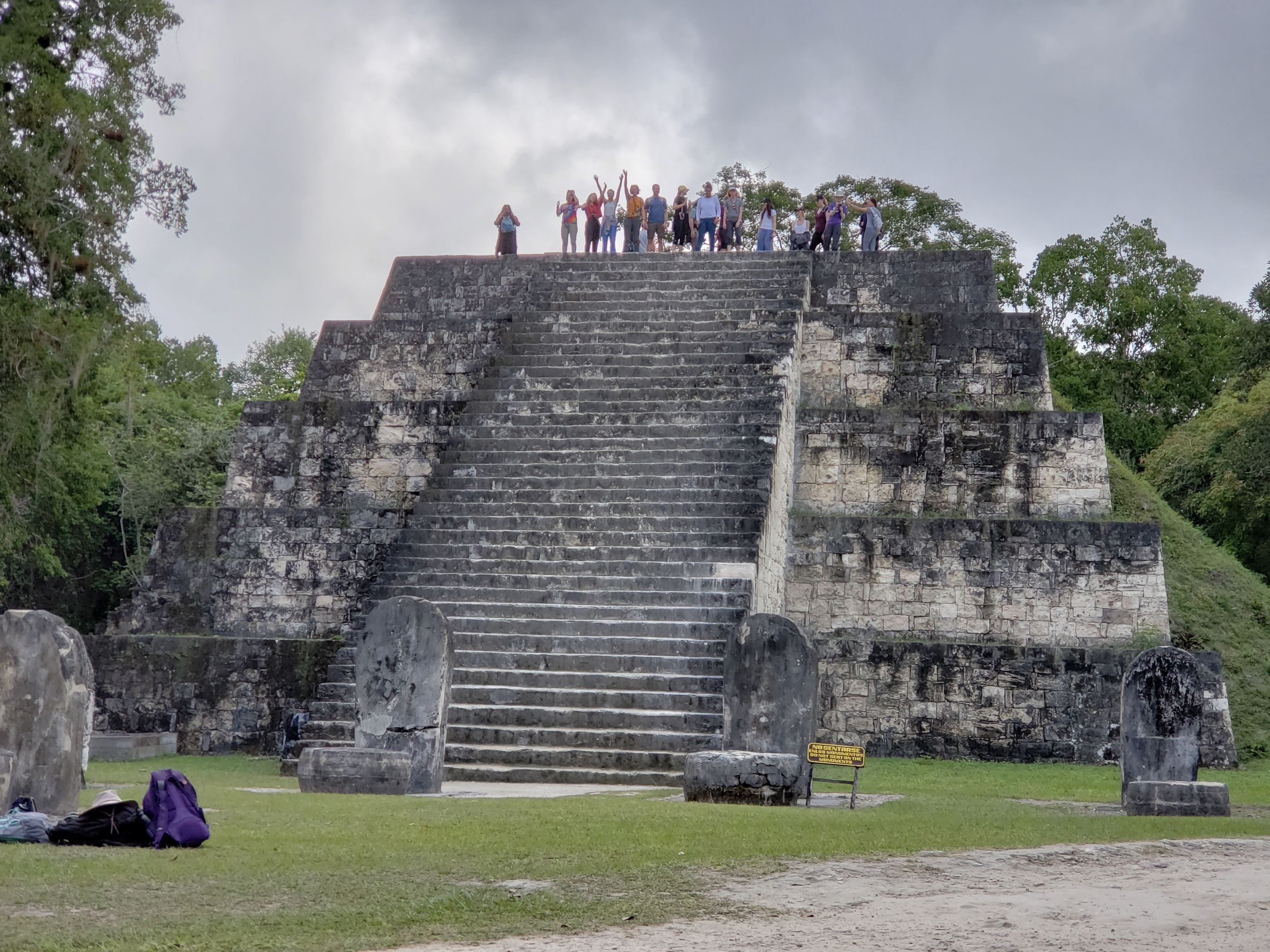
Why Is it Essential to Support Collaboration in Job-Embedded Contexts?
The professional development we described in the last two blogs has been proven over decades to impact student learning. We have learned many lessons from this first year together in Project CLEAR that will guide us moving forward. One key finding has been the power of collaboration. Since adults bring varied experiences to the new learning, they need to have experiences close to the teaching services they will be providing (Darling-Hammond, et al.,2017; Trotter, 2006). In this blog, we explore why it is essential to support collaboration in job-embedded contexts.
What does it mean to collaborate? Many of us remember being students working alone in silos on individual assignments. We were encouraged to do our “own work.” Then our teachers learned about the power of projects, and suddenly we worked with a partner or two, often in the science area. For example, many of us partnered to do a dissection in biology class. This researched approach has expanded greatly in our schools to include a wide range of projects and collaborations. Structuring our teaching as a collaborative community endeavor means we need to structure professional development as a collaborative venture in well-designed sessions.
Collaboration is at the heart of the work in the professional development provided under Project CLEAR. Teachers observe live or video-recorded lessons, have collaborative discussions while observing lessons, and reflect as a team to problem-solve with the goal of improving teacher-student interactions. We are collaborating, not evaluating or criticizing our teaching practices. Administrators and classroom teachers sometimes join us and are guided to take the same collaborative stance.
The ability to watch lessons and participate in collaborative conversations simultaneously is a challenging concept for all of us. This is a very different approach than traditional coaching models when we often watch and comment after observing lessons. The active engagement fostered in this design fosters a more responsive teacher, as well as a more responsive coach. Schöen (1983) describes this as reflection “in action” rather than “on action” which occurs after the event is over. The ability to think in the moment transfers to everyday teaching from the professional development context. When we teach students, we are making decisions “inaction” as well as when we coach and collaborate.
We work in both English and Spanish in the Project CLEAR coaching model. We invite you to visit a class and watch both the teaching and the coaching in action. Classes are offered in- person and virtually across the state. Further information about Project CLEAR can be found at
(https://www.sdcoe.net/educators/curriculum-instruction#fs-panel-37448). Training is available for coaches and teachers who work in English and/orSpanish languages.
References
Darling-Hammond, L., Hyler, M. E., Gardner, M. (2017). Effective Teacher Professional
Development. Palo Alto, CA: Learning Policy Institute.
Schön, D. A. (1983). The reflective practitioner: How professionals think in action. New York: Basic Books.
Trotter, Y. D. (2006). Adult learning theories: Impacting professional development programs. Delta Kappa Gamma Bulletin, 72(2), 8.